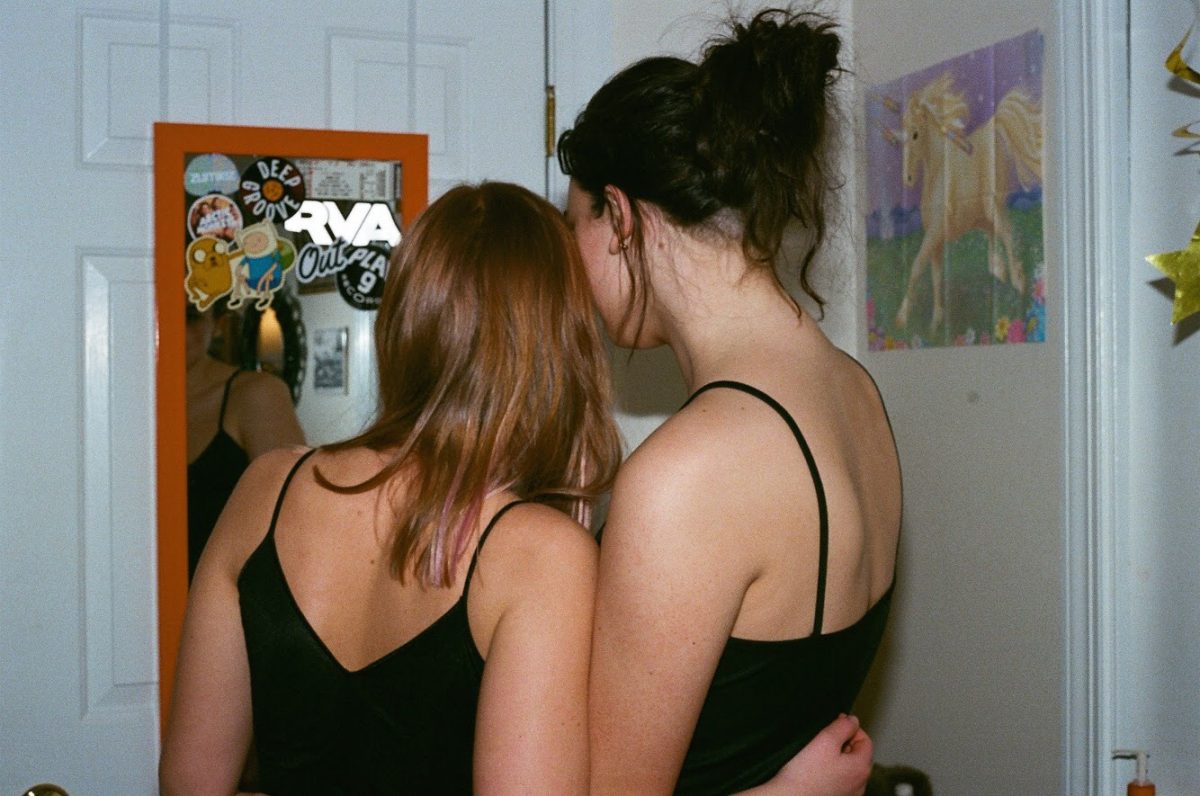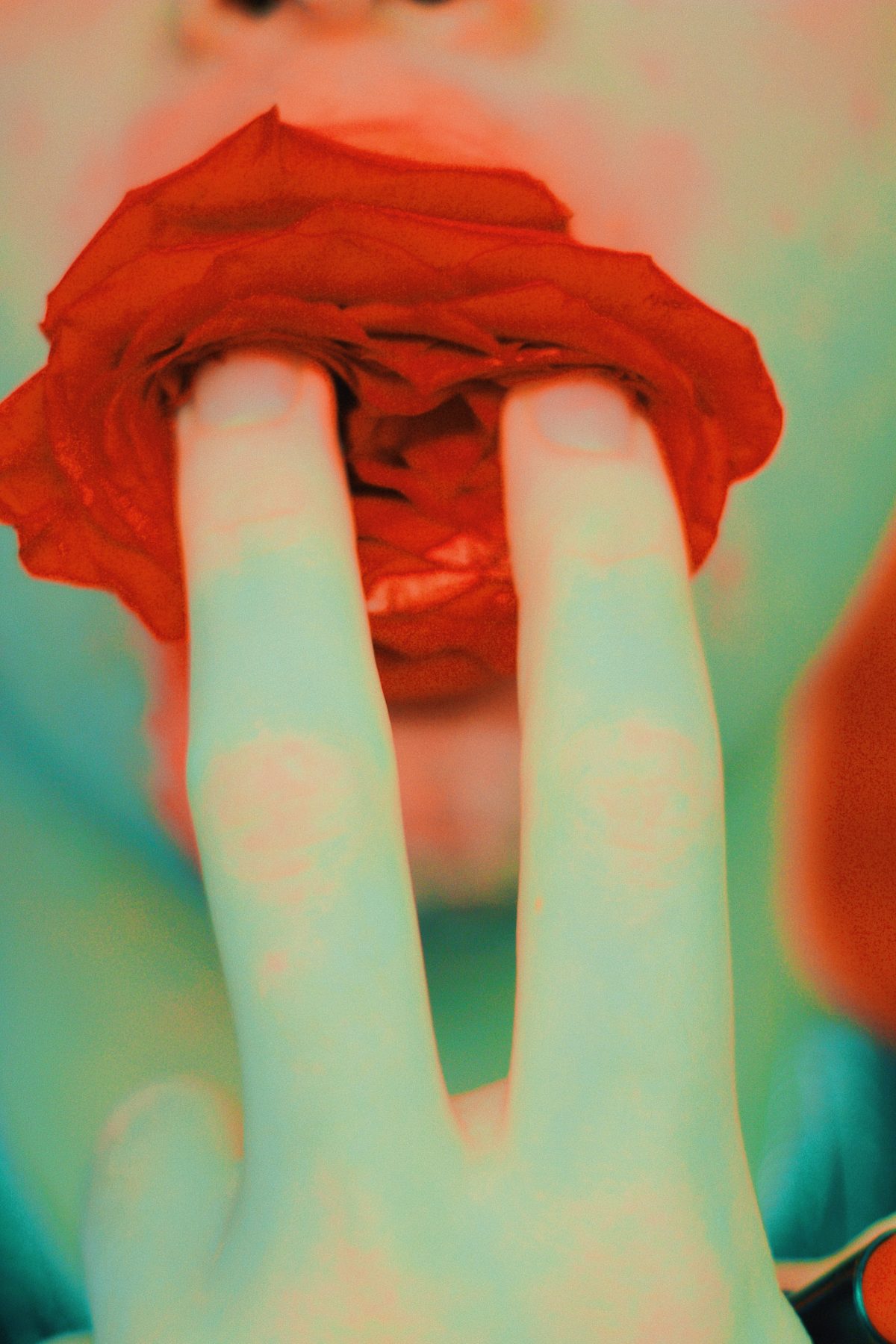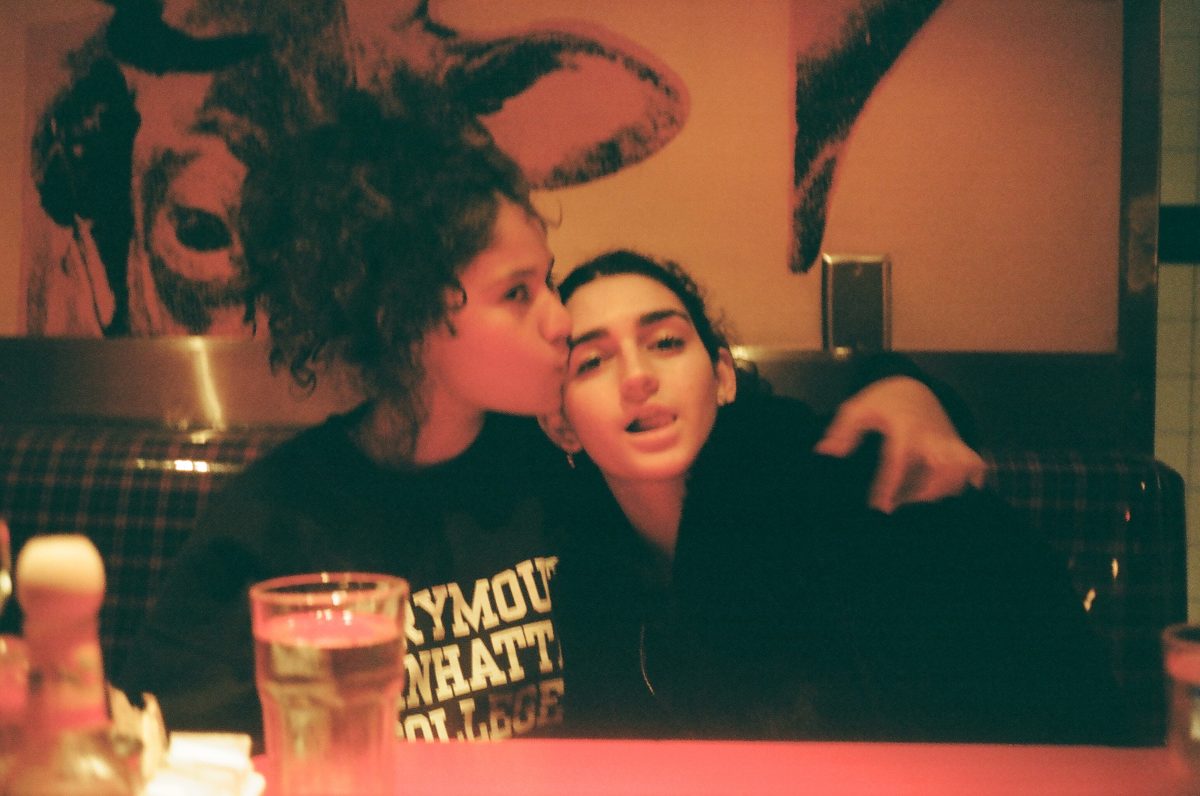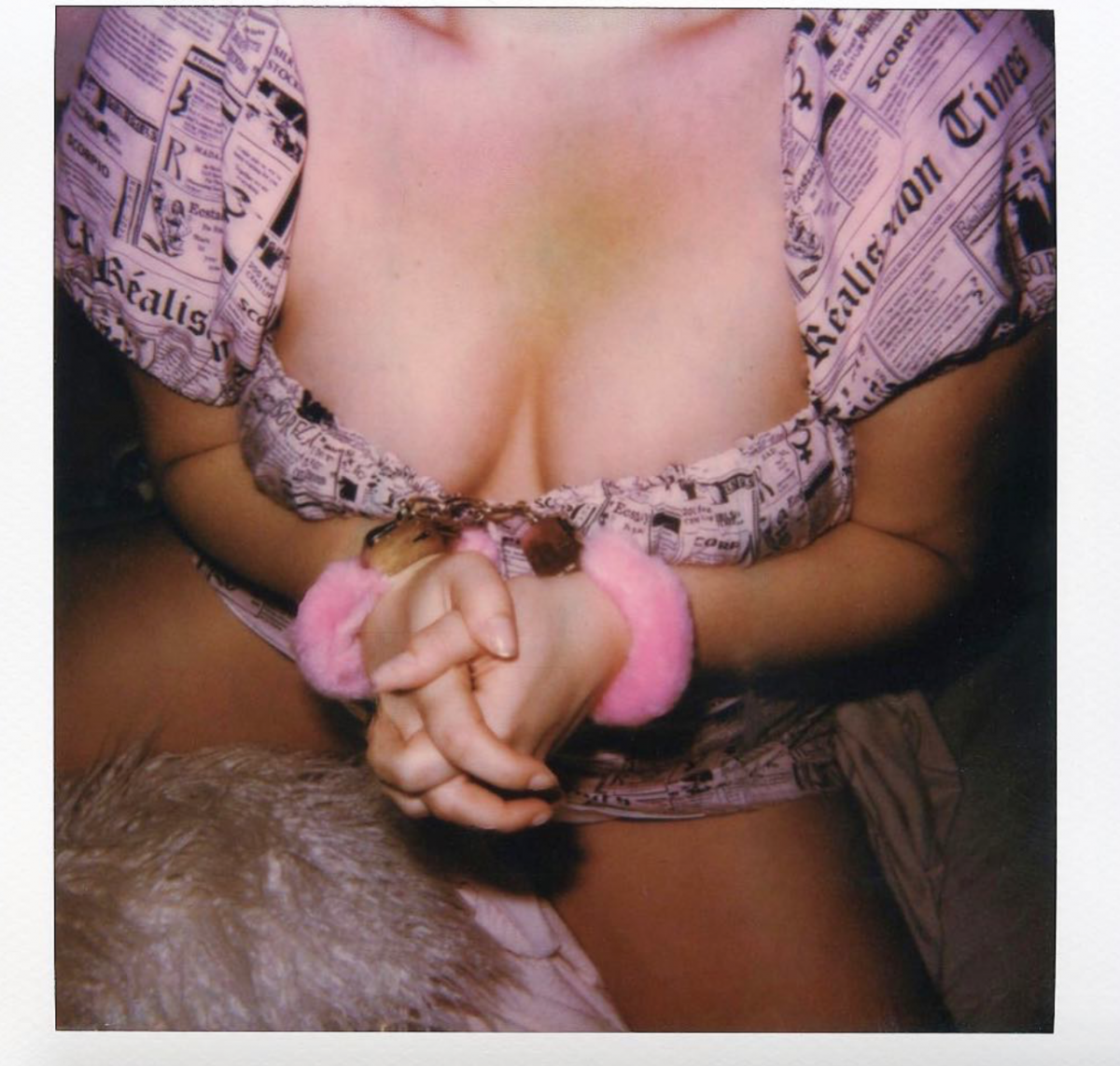The following content may be triggering.
I can only speak for myself when I say I feel underrepresented and misunderstood by Health and Psychology textbooks. It’s not that the examples and clinical criteria in school books don’t represent real, statistical data gathered from cases of eating disorders. I just don’t fit into that data.
Having been severely underweight for two years, and at a healthy body mass index for four, I felt out of control overwhelmed, exercise and food-obsessed, and helpless for a total of six. However, according to the Diagnostic and Statistical Manual of Mental Disorders, Fifth Edition (DSM-5) criteria for anorexia, only the first two years of my disorder would “count” as diagnosable. Does that mean that my eating disorder wasn’t real? That I didn’t suffer for all six years and battle with my anorexia every single day?
In the past, I wouldn’t care if a professor failed to mention the outliers or the widespread grips of this disease and how its physicalities don’t even compare to the mental takeover. However, today, sitting in my 300+ person Psych lecture at one of the most esteemed universities in the country, I finally see how damaging these academic misconceptions can be towards fueling the stigmas and lack of understanding for eating disorders.
For the first few months of my disorder, I danced on the line between severity and being “completely fine.” On the outside, I looked like a “skinny” 13-year-old, and my doctors assured my parents that I was “fine”, but probably shouldn’t lose more weight. When I protested my parents’ concerns and told them I was just being health-conscious, they were worried but not inclined to get me help because anorexia had a look that I didn’t fit yet.
I was exercising seven days a week for three hours at a time, eating less than 900 calories a day, and constantly feeling surrounded and beaten down by voices telling me I was fat, unworthy, and wholly disgusting. Even at 5’5″ and 108 pounds, I was convinced the skin on my hips was excess fat, that my hip bones jutting out was a sign of weight gain, that everything wrong in my life was due to my absolute repulsiveness. Even then, according to textbook criteria, I would not be considered anorexic.
It’s not the fault of my parents or doctor, but rather an institutional problem that needs to be addressed. Our attachment to alienating clinical guidelines perpetuates a dangerous narrative towards eating disorders. In my experience, the psychological torture was enough to send me over the edge far before I was 89 pounds with low blood pressure. Nonetheless, my friends and family weren’t equipped to help me, because we only know to cry “anorexia” if someone looks like a skeleton.
This antiquated narrative also made it difficult for me to validate my disease after treatment. I eventually hit that spiraling point and was in and out of inpatient facilities for seven months, but afterward when I was released at a “normal weight,” I spent four years killing myself to stay right at that line.
My metabolism was so depleted and confused from my cycles of starvation and over-exercise that it remained stagnant, in starvation-mode. My body was unable to restore my metabolism to a normal level where I could maintain weight by eating and exercising in a way that’s healthy for me. Instead, I remained right at my 18.5 BMI weight for four years by eating with extreme restrictions.
I’ve been pescetarian since my treatment and used to be terrified of any “unclean” foods. I would exercise a strict six days a week, for about an hour and a half at a time. Because my body and metabolism were so used to the low levels of nutrients and rest, this was enough to maintain my weight. As I remained what’s considered to be a healthy BMI, I still had crippling issues.
No one noticed. In comparison to everything we’re taught anorexia looks like, I appeared to be perfectly fine. I’d argue we aren’t being taught enough.
We hold the delusion that once treatment is over, weight having been restored, the eating disorder is over too. It’s ingrained in academia and professional medical treatment for eating disorders. It was less than a month ago when I was formally taught about the Maudsley Family-Based Therapy for anorexia in my collegiate Psych class. The professor explained that this common therapy process involves three phases. However, my experience wasn’t compartmentalized this way.
The idea of a specific number or time frame of phases is extremely misleading. Recovery is a trial and error process that can take someone, like me, up to seven months of being in and out of inpatient/outpatient treatment and psychiatric institutions.
I met a 30-year-old in an outpatient facility who had been in and out of treatment for 14 years. The idea that recovery is a three-step journey involving concrete mechanisms, standardized for all cases, creates a narrative of superficiality surrounding eating disorders. It’s also inaccurate.
For example, in the third phase — endearingly called “Healthy Identity” — involves establishing familial boundaries, weight maintenance, healthy body image, and “termination” of the eating disorder.
An eating disorder is never terminated.
This is why it can be so difficult to find that healthy body image: that image — good or bad — usually coexists alongside your eating disorder. Recovery does not just happen with weight restoration. For a lot of patients, myself included, it can takes years to accept that weight maintenance is the only way to stay healthy and out of treatment. Then you have to learn to live and be comfortable with the idea of this new weight. For me, recovery is about shutting out the critical voices in my head and making choices in spite of them. It’s a process, not a formula.
Textbooks can make it feel pretty formulaic and familiarly inaccurate. Not once during my Psych class did we discuss the process of regaining control outside of treatment, or what recovery looks like in the long term. People relapse and return to treatment, or struggle for years as I did.
In treatment, we labeled “scary” foods — often unhealthy foods like fast food or sweets — “fear foods” and would always be challenged to choose them at mealtime. I used to dread Pizza Night or days when we would go to the movies and be challenged to buy buttered popcorn.
Today, there are days when I really want to eat something I previously labeled as a “fear food”, and I’m able to eat it in the moment — enjoy it, even. Though sometimes, it only takes minutes for the voices to come back and torment me. I’ll look in the mirror and, remarkably, it looks as though that one cookie or piece of pizza has made me gain ten pounds.
Recovery looks like navigating the things that scare you; that hurt you. I worked my ass off for years to fight my eating disorder. This idea that recovery just happened for me, or for anyone else that is struggling, is downright offensive.
Having an eating disorder is not just about physical restoration and body image. When you have anorexia, you develop a relationship with it.
In my recovery process, my fellow patients and I fondly named our eating disorders “Ana” for short. This personification of our disease(s) allowed us to attach emotions to the voices inside our head, as well as explain to ourselves why we so often chose her over other relationships and sometimes, our own lives. This was imperative in breaking up with my eating disorder.
As Ana became less of a disease and more of a physical entity or even a friend, it became clearer to me why she resembled a toxic relationship that needed to be addressed. Ana alienated me from my friends and family, making me self-deprecate so that I hated myself enough to rely on her and hurt myself in the process, and lied to me and tricked me into doing what she wanted.
There is a level of intimacy patients address between themselves and their eating disorders that reveals why it is so hard to move on and choose themselves over this relationship. You live for years thinking Ana is there for you and helping you control your life and make yourself into a better person. It’s a toxic codependency that reveals what needs to be rediscovered outside of your eating disorder, while in recovery.
Anorexia is not just a superficial obsession with one’s body and looking good. It is a much more complex emotional dependency that is rooted in becoming attached to the reassurance that Ana provides and being too afraid to let her go.
Though I believe it’s important to learn about eating disorders in an educational setting, most curricula are rooted in methodology and beliefs that minimize all experiences into a chapter in a textbook. Which is adverse to ending stigmas and better preparing people to help themselves, friends, and loved ones.
Medical criteria and DSM-5 guidelines may be clinically backed by data and science, but there needs to be a more open discussion supplementing these guidelines and allowing students the space to discuss how these disorders manifest outside of textbooks. It’s important to understand the fluidity of eating disorders and the diversity of people impacted by them. The mold we’ve given disorders like anorexia leaves a lot of people and their stories out of the conversation, and academia is unintentionally educating its students within a very limited, clinical range.
Personally, I think our schools and our textbooks can, and must, do better. Until then, we host the responsibility of educating ourselves. Read, learn, and advocate like somebody’s life depends on it — because it does.
For more information on anorexia and other eating disorders, you can call National Eating Disorders Hotline at (800) 931-2237, for personalized advice.
Photos (in order of appearance) by Uma Schupfer, Dina Veloric, and Cheyenne Morschl-Villa.



